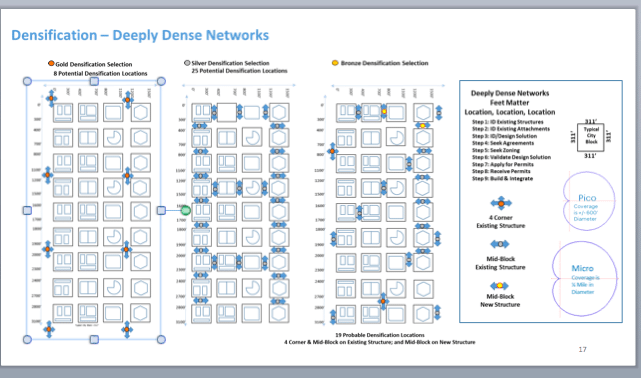Artificial intelligence (AI) is a crucial sub-text in the evolution of LTE and IoT networks. The deployment of AI-driven applications among the carrier community is limited so far.
“We are at the beginning,” says Luc Bretones, executive vice president of the France-based Orange’s Technocentre and Orange Fab businesses. “Today, we have extracted just a teeny percentage of what we can do. We are at 10 per cent of extraction. We have 90 per cent to go. The potential is huge.”
He makes the general point that analytics and automation should not just be 5G agenda items, but fiercely embraced in live operations today. “Even crappy processes can be optimized – you might not solve the basic efficiency issues, but they will be more effective,” he says.
The potential might be huge, but the progress so far has been halting, restricted in the main part to natural-language processing (NLP) in care functions and analytics-driven marketing insights. There are major challenges for AI to take hold in the industry’s deep back-office functions, and give rise to self-organizing networks (SON), which provide automated management and allocation of resources.
Jay Perrett, chief technology officer at Aria Networks, says the challenge is cultural, as much as it is technical. “At the moment, it’s the engineers that are running the show,” he says. “When it becomes more business focused, things will start to change quickly.”
Even as the industry gallops ahead with software defined networks (SDN) and network functions virtualization (NFV), and starts to make such design flexibility innate, it is bridled by familiar constraints. As with its own digital transformation, its biggest enemy is its own self.
“It’s not that the problem is difficult, but that the root cause is not being addressed. There is a lot of focus on SDN and NFV, but it is all about the technology. It is a bottom-up approach,” says Perrett.
Ericsson agrees; telecoms carriers are still in exploratory mode, searching for answers. “They are curious about it, but they’re struggling to understand how to apply it,” says Ulrika Jägare, director of analytics and machine intelligence at Ericsson. Their approach remains siloed, she says, making their progress uneven.
“No one comes to us to ask what the full ecosystem looks like, and how they should leverage AI as part of it. They are exploring one area at a time – they want to know about the at edge computing, without considering the operational side, or vice-versa,” says Jägare.
Fear is natural perhaps, but unhelpful when change is so urgent, says Francisco José Montalvo, director of Telefónica’s ‘fourth platform’ business. “It may sound cliché but, as with other changes in our sector, implementing AI and ML is not just a question of technology, people, and skills.”
Click here to register for the Enterprise IoT Insights webinar on March 21st on the developing role of AI in telecoms. Look out for the editorial report, ‘Artificial intelligence and machine learning: making IoT work for telecoms’, also published March 21st.

